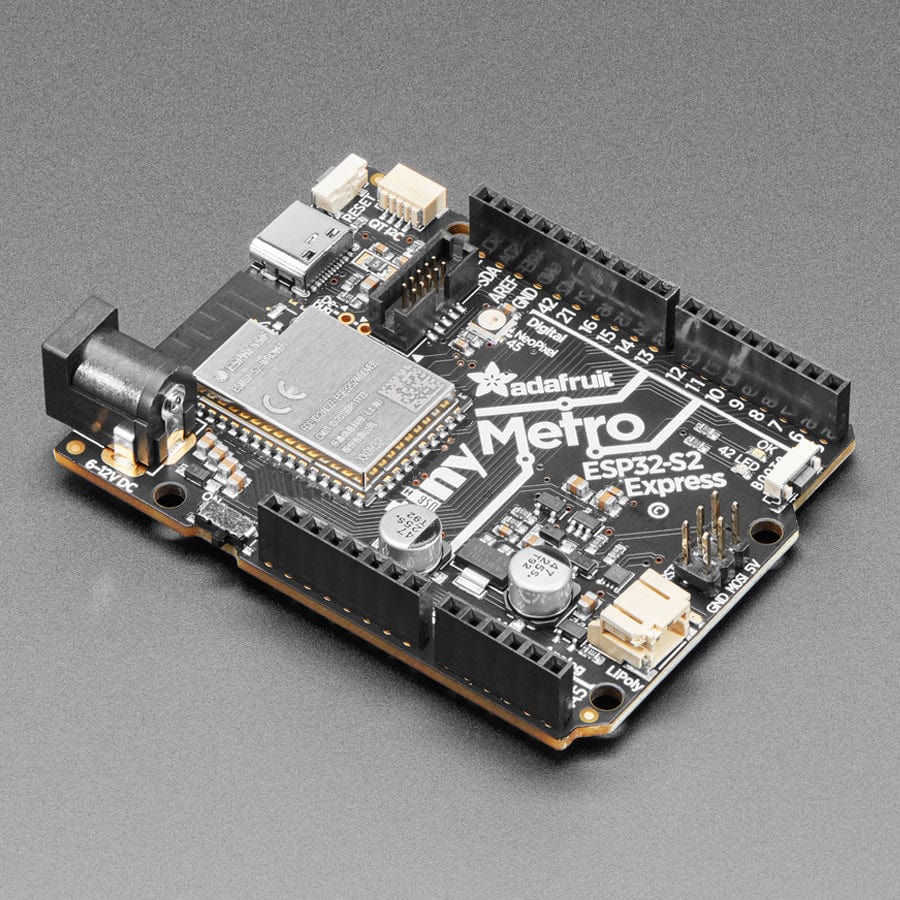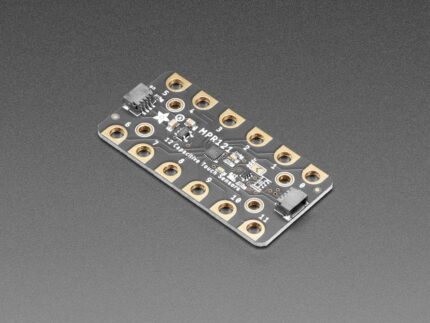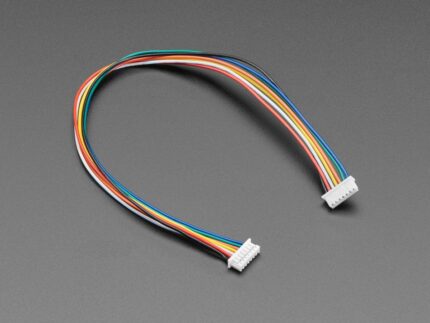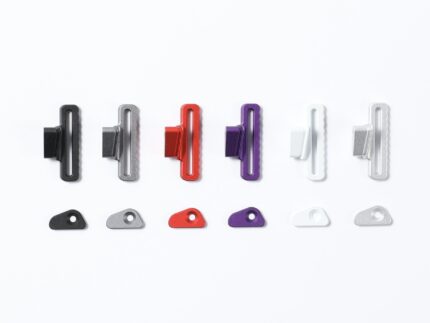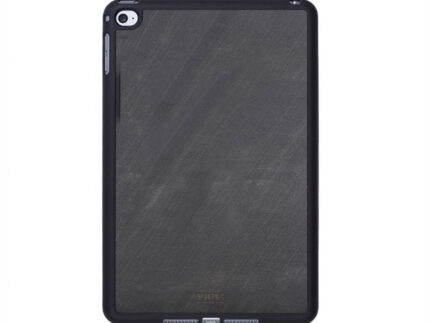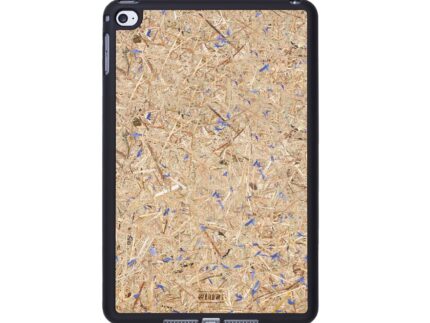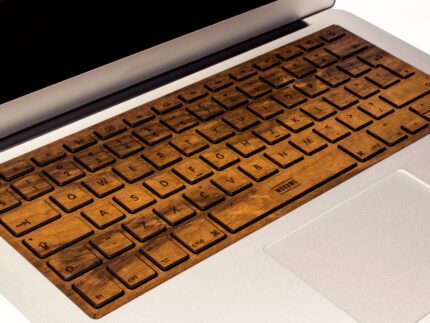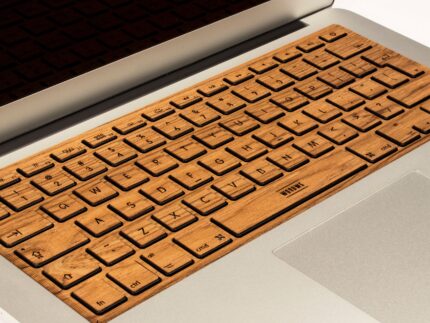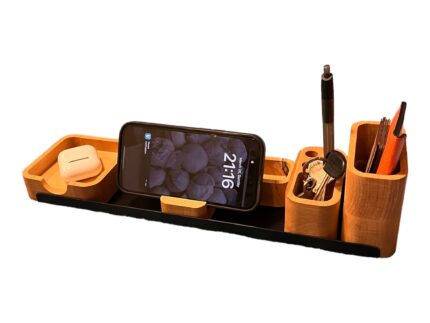Adafruit Metro ESP32-S2
What’s Metro shaped and has an ESP32-S2 WiFi module? What has a STEMMA QT connector for I2C devices, and a Lipoly charger circuit? What has your favorite Espressif WiFi microcontroller and lots of memory for your next IoT project?
That’s right – its the new Adafruit Metro ESP32-S2! With native USB and a load of PSRAM this board is perfect for use with CircuitPython or Arduino, to add low-cost WiFi while keeping shield-compatibility.
The ESP32-S2 is a highly-integrated, low-power, 2.4 GHz Wi-Fi System-on-Chip (SoC) solution that now has built-in native USB as well as some other interesting new technologies like Time of Flight distance measurements. With its state-of-the-art power and RF performance, this SoC is an ideal choice for a wide variety of application scenarios relating to the Internet of Things (IoT), wearable electronics, and smart homes.
Please note the Metro ESP32-S2 has a single-core 240 MHz chip so it won’t be as fast as ESP32’s with dual-core. Also, there is no Bluetooth support. However, we are super excited about the ESP32-S2’s native USB which unlocks a lot of capabilities for advanced interfacing! This WROVER module we are using on the Metro comes with 4 MB flash and 2 MB PSRAM.
Revision History
- As of 10th November, 2023 – We added a right-angle Boot0 button so it’s easier to press. We also changed the battery monitor chip from using a resistor divider (which worked OK but did not have great voltage precision) to the MAX17048 dedicated LiPoly monitor.
Features
- ESP32-S2 240MHz Tensilica processor – the next generation of ESP32, now with native USB so it can act like a keyboard/mouse, MIDI device, disk drive, etc!
- WROVER module has FCC/CE certification and comes with 4 MByte of Flash and 2 MByte of PSRAM – you can have huge data buffers
- Lotsa power options – 6-12VDC barrel jack or USB type C or Lipoly battery
- Built-in battery charging when powered over DC or USB
- Precision battery monitoring via MAX17048 on I2C
UNO-shape so shields can plug in - Reset and DFU (BOOT0) buttons to get into the ROM bootloader (which is a USB serial port so you don’t need a separate cable!)
- Serial debug pins (optional, for checking the hardware serial debug console)
- JTAG pads for advanced debugging access.
- On/Off switch
- STEMMA QT connector for I2C devices
- On/Charge/User LEDs + status NeoPixel
- Works with Arduino or CircuitPython
- 53.2mm x 72mm
- Height (w/ barrel jack): 14.8mm
- Weight: 22.5g
Resources
- Product Overview
